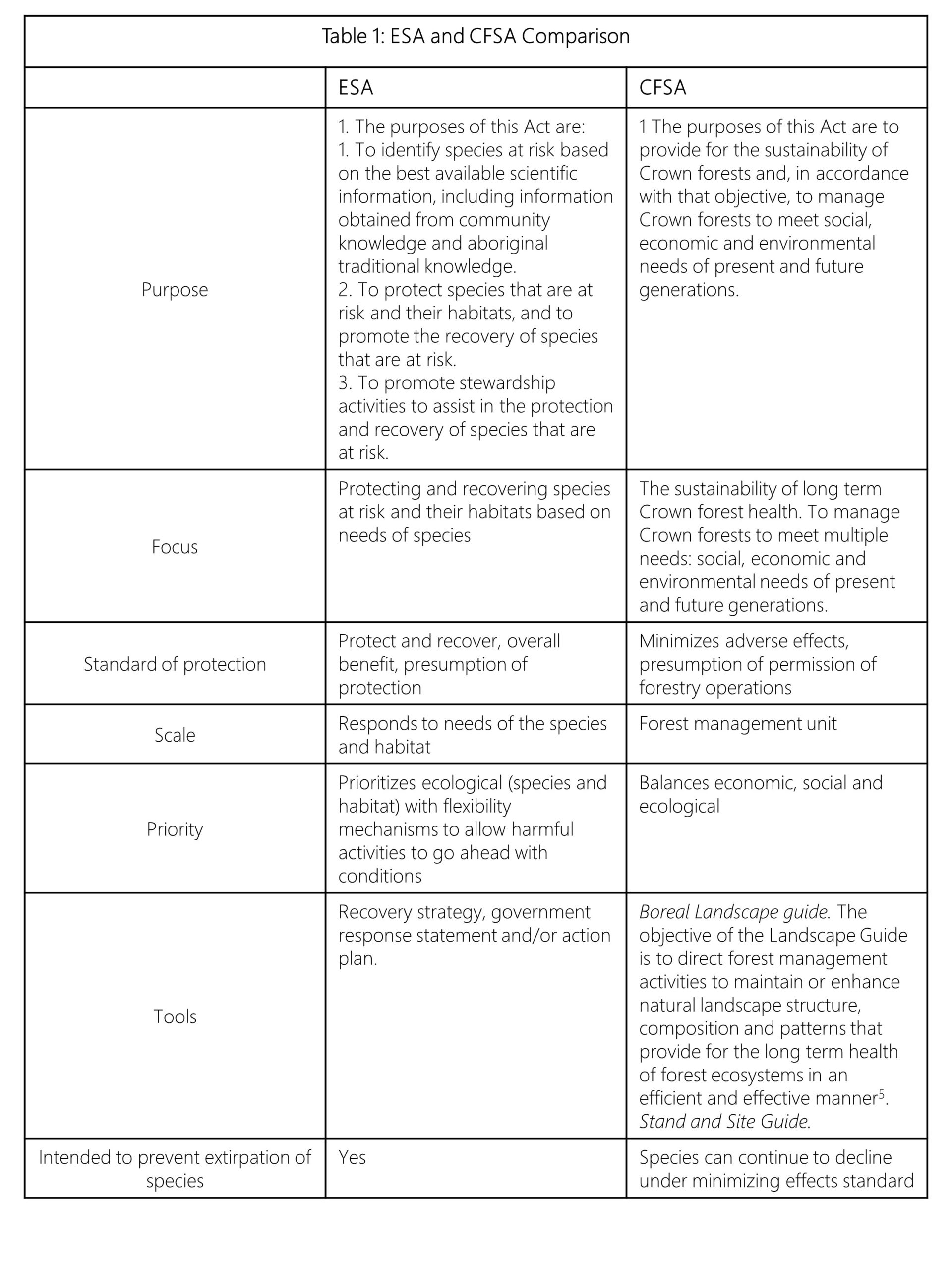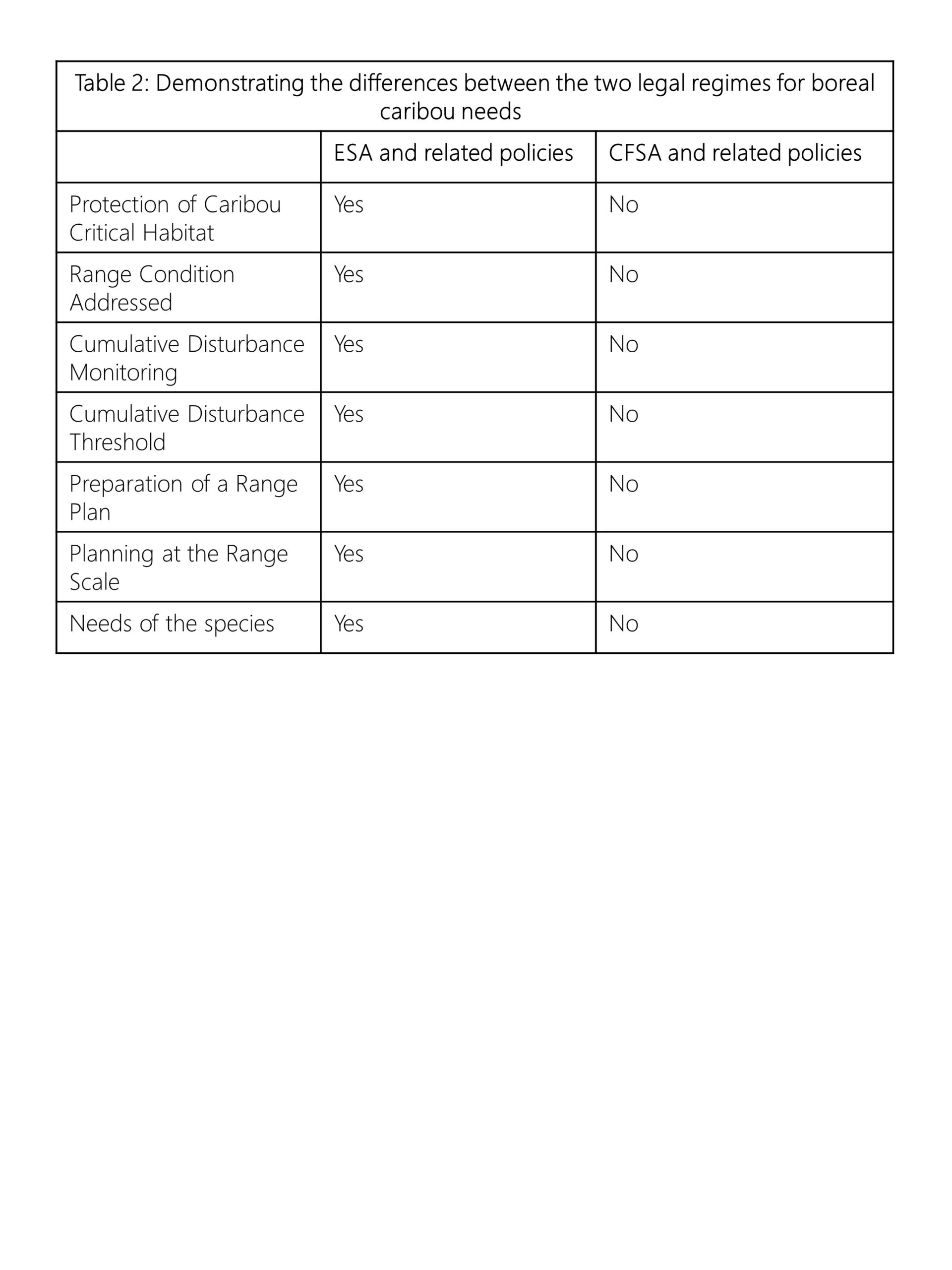
Boreal caribou is a threatened species of great public concern and national interest. It is endemic to Canada, meaning it’s up to all of us whether or not this species survives and thrives in the future. Right now the boreal caribou’s outlook is bleak. Its habitat is being fragmented and destroyed at a scale and pace it can’t recover from. To make matters worse, caribou have low reproductive potential. They are winking out before our eyes right across the country.
This map of logging scars sites overlaid on boreal caribou ranges in NW Ontario shows previous caribou habitat remaining barren long after logging has ended. This is hindering the recovery of boreal caribou. Ontario presumes these areas grow back and yet the Wildlands’ independent investigation shows they do not. Logging scars are a blind spot in MNRF’s management regime. If we are going to recover boreal caribou in this country, we can’t allow the creation of more logging scars. We can’t allow industry to open up the last remaining intact boreal forests.
We know of at least 50 other species at risk that overlap with forestry operations. The current situation, permanently exempts logging operations from protecting and recovering species. The approach seeks only to mitigate harm which is contrary to the purpose of the Endangered Species Act (ESA). See Table 1 comparing the ESA and the Crown Forest Sustainability Act (CFSA) regimes. For over a decade Ontario promised to reconcile the two legal regimes. Now the Ford government has walked away from that and instead to permanently exempted forestry from the ESA in order to reduce red tape and double logging.
The second table provides a real world example of how the two legal systems differ with respect to threatened boreal caribou.

5 See https://www.ontario.ca/page/forest-management-boreal-landscapes

